The silvery-green foliage of white sage (
Salvia apiana) adds a touch of magic year-round to the drought-tolerant garden. The powerfully scented leaves of this California native have been used for centuries by native peoples for purification ceremonies.
Apios means “bee” in Latin, and bees produce a delicately scented honey from white sage flowers that appear from spring into summer.
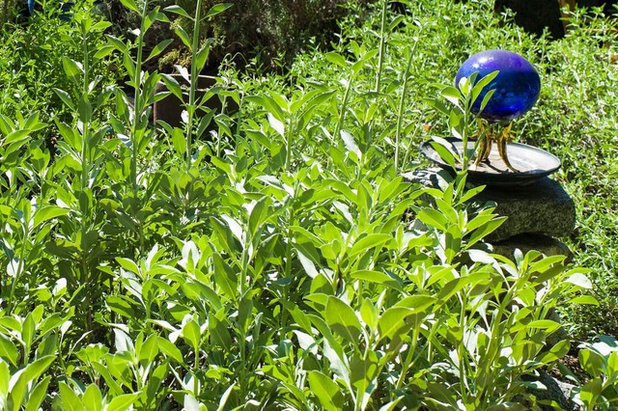
Theodore Payne Foundation
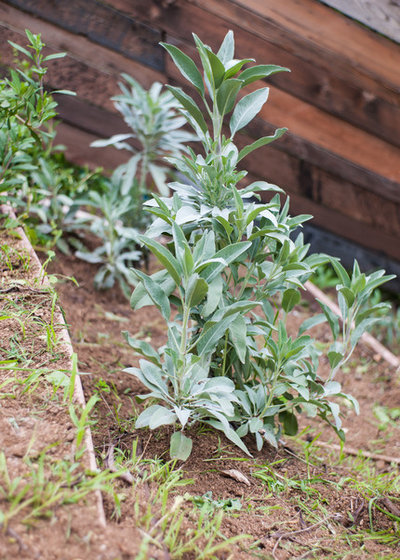
Oakley Gardens
Botanical name: Salvia apianaCommon names: White sage, sacred sage, bee sage
Origin: Native to Southern California and Baja California, Mexico
Typical plant communities: Occurs naturally on dry slopes in coastal sage scrub, chaparral and lower-elevation yellow pine forest plant communities
Where it will grow: Frost-tender but may be hardy down to 25 degrees Fahrenheit, or minus 3.9 degrees Celsius; USDA Zone 9 and higher (find your zone)
Water requirement: Low; drought-tolerant to occasional water
Light requirement: Full sun; may tolerate afternoon shade
Mature size: 4 to 5 feet tall and wide, although flower stalks may reach up to 6 feet tall in spring
Seasonal interest: Flowers spring into early summer; year-round foliage
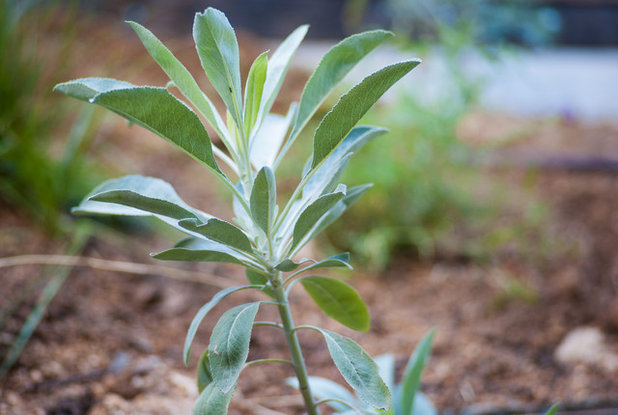
Oakley Gardens
Benefits and tolerances: Tolerates a variety of soil types, including clay; supports many pollinators; virtually pest-free; drought-tolerant once established
When to plant: In Southern California and areas with a similar climate, plant in the cool season (late October to February) to utilize winter rains and cooler temperatures during the plant’s establishment period
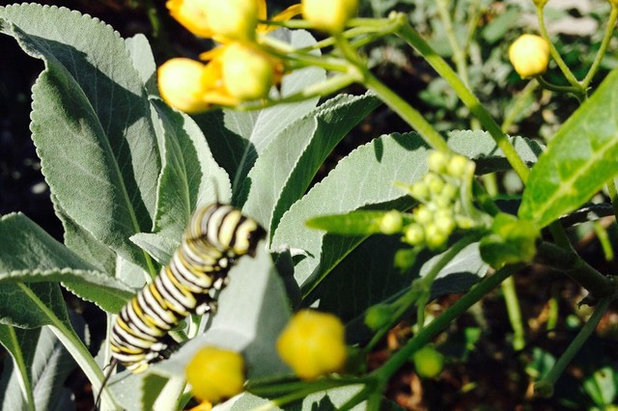
Theodore Payne Foundation
Distinguishing traits. This plant’s attractive silvery-green leaves glint in both sun and moonlight. Their unmistakable scent evokes a hike through the California sage scrub. The leaves can be dried and burned for purifying incense, and they can also be used to flavor water, oil and dressings and also to make a soothing herbal tea.
Some Southern California caterpillar species will build their cocoon on the leaves of white sage because it is a notoriously pest-free plant, and therefore a safe place for metamorphosis.
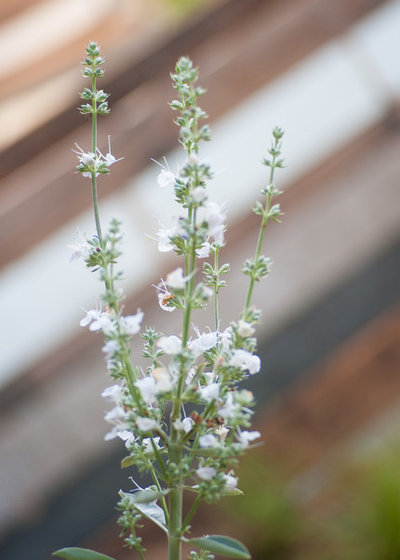
Oakley Gardens
In spring, flower stalks shoot dramatically upward, producing airy flower spikes brimming with tiny white to pink-tinged or even lavender-tinged flowers, providing nectar for bees, hummingbirds and butterflies.
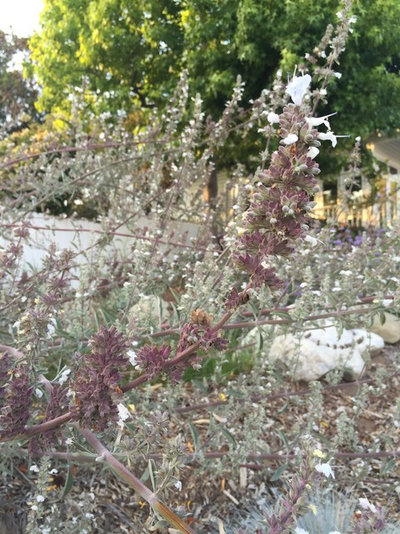
Oakley Gardens
The branches of the flower stalks are tinged with purple tones, as seen here, adding even more interest to this striking plant.

Oakley Gardens
How to use it. Plant in a sunny spot in your garden, and prune in fall for a desired shape. White sage stands out in the foreground with green foliage behind it, but it also looks incredible when used in masses and drifts in gardens that have the space. White sage naturally grows on sunny slopes and makes a fantastic — and fragrant — plant to use on hillsides where erosion control is needed. It’s also an excellent container plant, thriving in medium to large containers with a cactus or succulent potting mix and good drainage.
Shown: White sage planted on a terraced Los Angeles hillside with Cedros Island verbena (
Verbena lilacina)
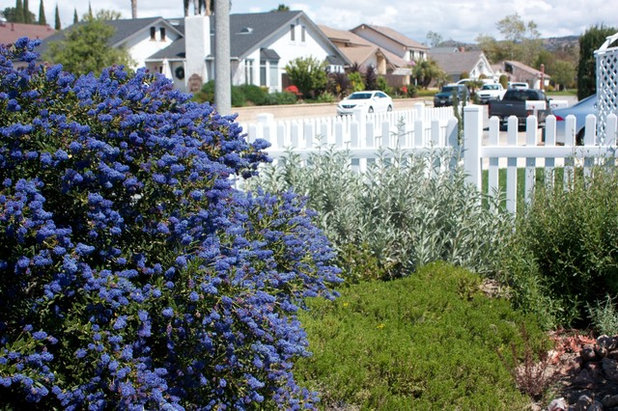
Here, white sage, ‘Concha’ ceanothus (
Ceanothus ‘Concha’) and ‘Dodge Ely’ baccharis (
Baccharis ‘Dodge Ely’) are seen growing in a Southern California front garden.
Photo by Laura Camp
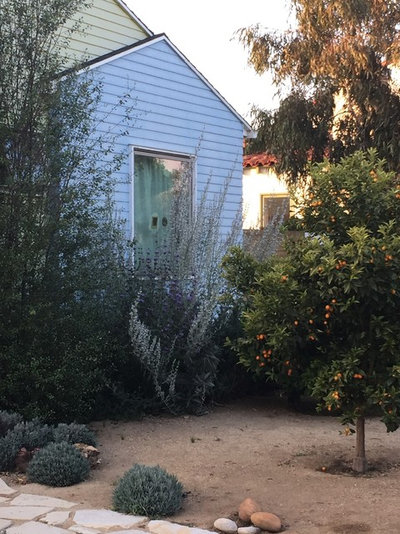
Oakley Gardens
The airy white flowers of white sage are peeking out from behind a productive citrus tree here. Vibrant purple Cleveland sage (
Salvia clevelandii) makes a wonderful companion plant.

Oakley Gardens
Planting notes. This shrub grows fast and is worth starting from a 1-gallon pot. Southwestern gardeners should check their local native-plant nursery for availability. Pruning spent flower stalks back to the healthiest-looking new buds keeps this shrub shapely and may even encourage more flowering. More pruning for a desired shape can be done in the fall.
Shown: White sage getting started on an apartment patio
Browse more native plants by region





